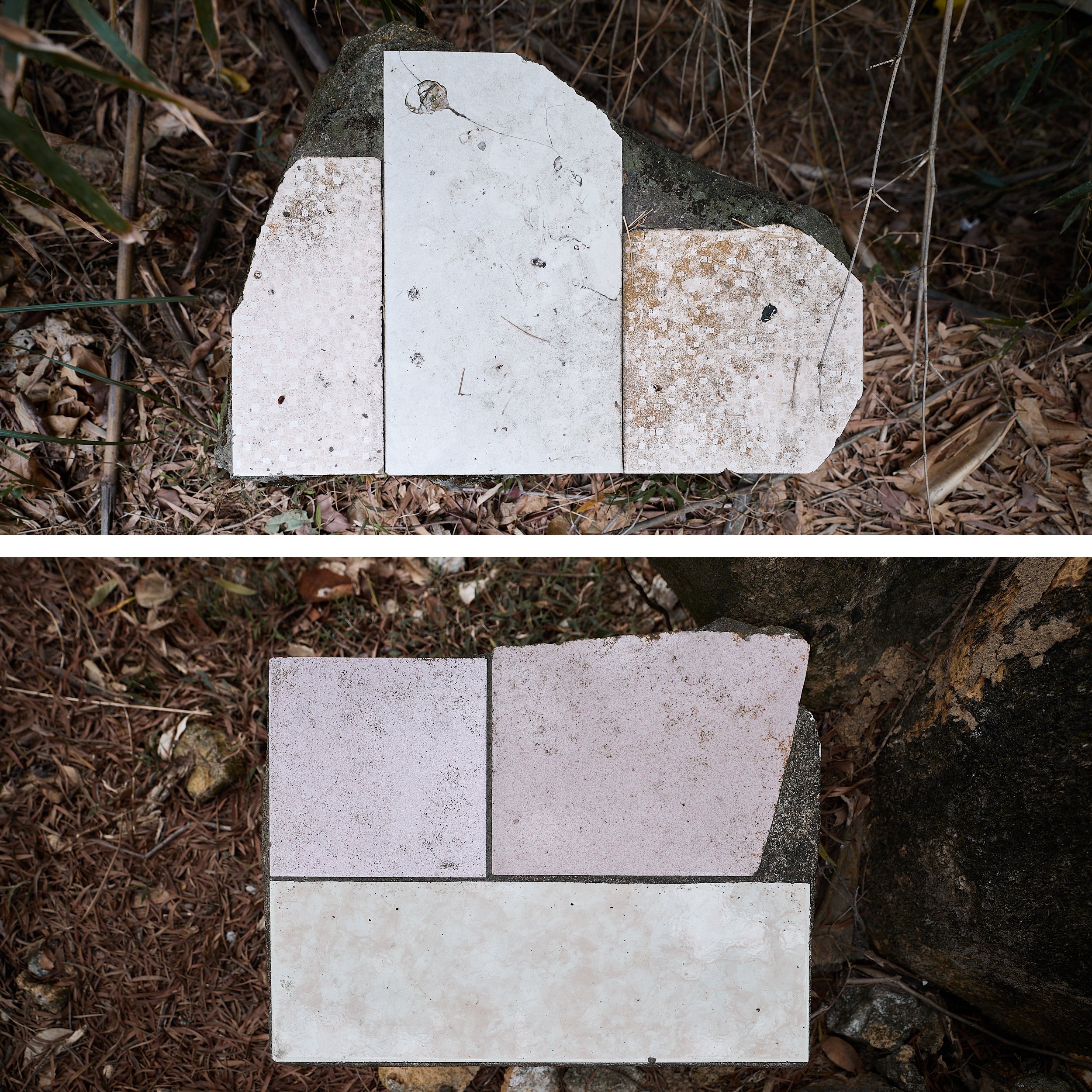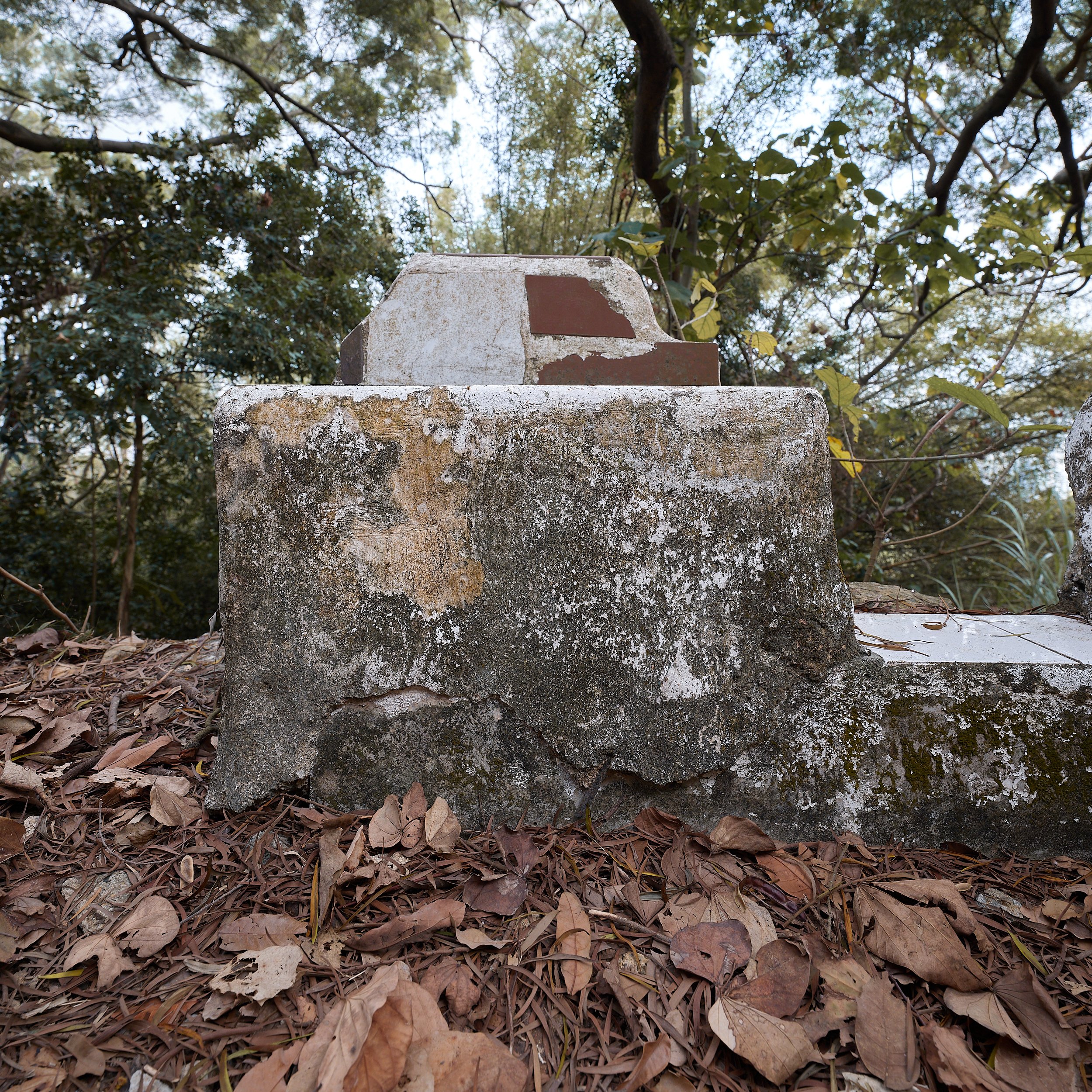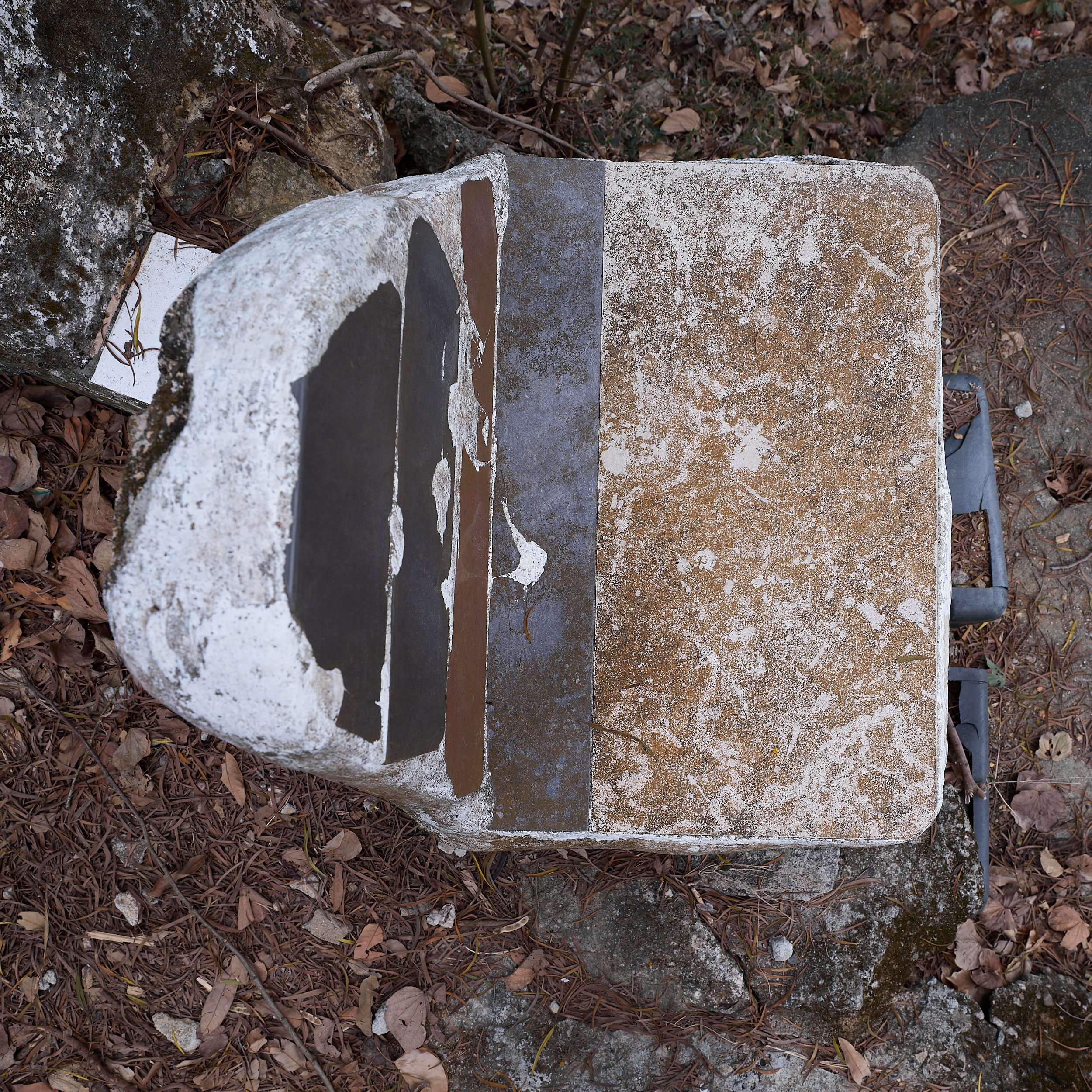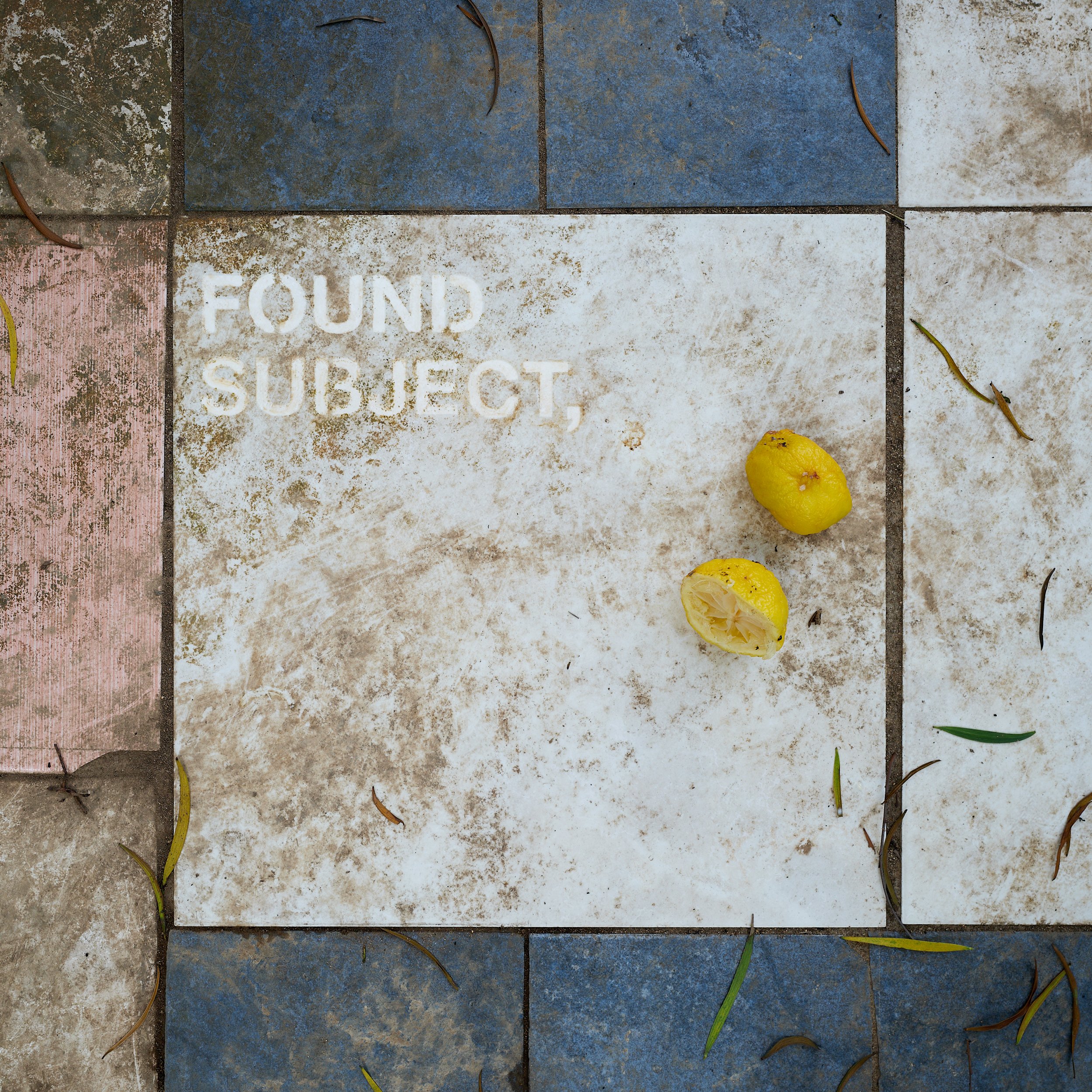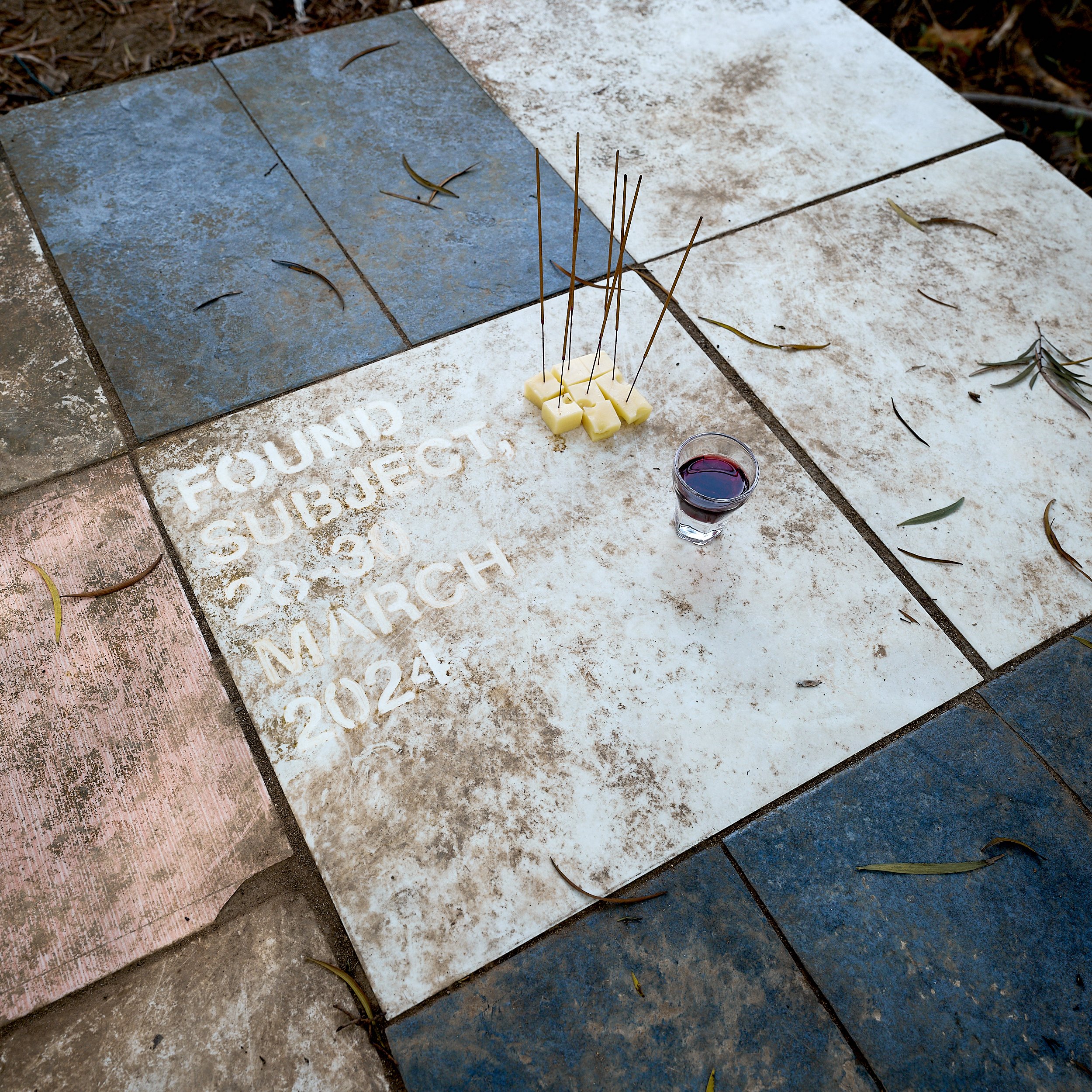at "ALL IN THE NAME OF THE NAME" |
||
Les Rencontres d'Arles in co-production with Palais de Tokyo |
||
As part of the annual photography festival Les Rencontres d’Arles, Hugo Vitrani curated the exhibition “All in the Name of the Name” (Au Nom du Nom). Located in the 17th century Sainte-Anne church in the centre of Arles, it offers a fascinating overview of the history of graffiti and urban culture through the works of around 40 artists. In the curator’s words, the exhibit “unfurls the negative film of graffiti, a revelation of what is stirring under the surface of urban life.” Read the full curatorial statement on the websites of Les Rencontres d’Arles or Palais de Tokyo.
“But graffiti emerges only to disappear, leaving behind traces and wounds, to quote Henri Michaux. The ultra-visible combines with the unspeakable—absence, belief, and complaint.”
Two photographs of Hans Leo Maes/TypicalPlan are included in the exhibition. The photos are stitched panoramas composed of the images of erased graffiti at Hong Kong tram stops as previously featured in the TypicalPlan book Nothing To See Here. (click images below to see full panorama)
At the far end of the church, in the choir space, these photos of erased protest graffiti are brought into dialogue with works by Sophie Calle and John Divola, among others. The exhibition further includes works by artists such as Gordon Matta-Clark, JR, Martha Cooper and Jamel Shabazz.
The exhibition is open to the public from 01/07–29/09/2024. It is co-produced by Palais de Tokyo and Les Rencontres d’Arles. Below are more images of the exhibition.
Find more info about the catalogue which also features photos by TypicalPlan on the publications page.
Check out more TypicalPlan exhibitions, lectures and other outings here.
dates: 01/07–29/09/2024
location: Sainte-Anne church, Arles, France
curator: Hugo Vitrani
produced by: Les Rencontres d’Arles and Palais de Tokyo
photos of exhibition: TypicalPlan



















